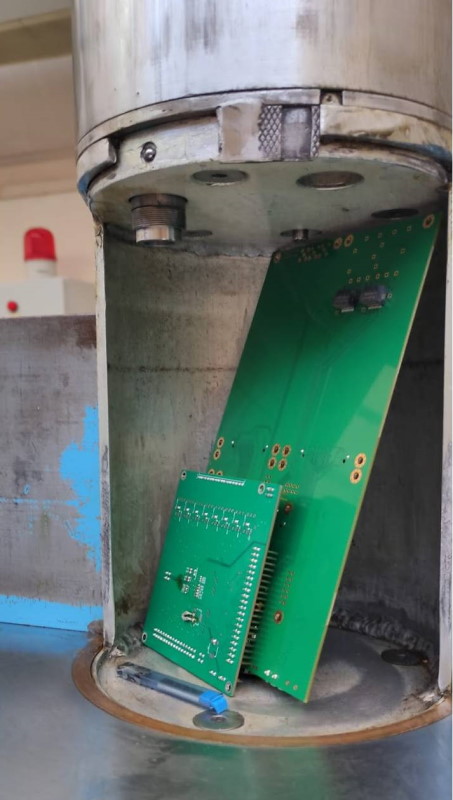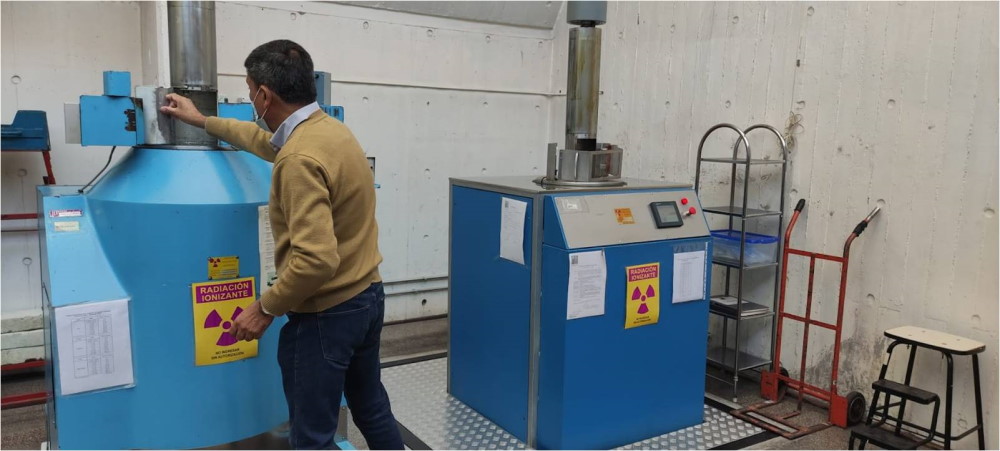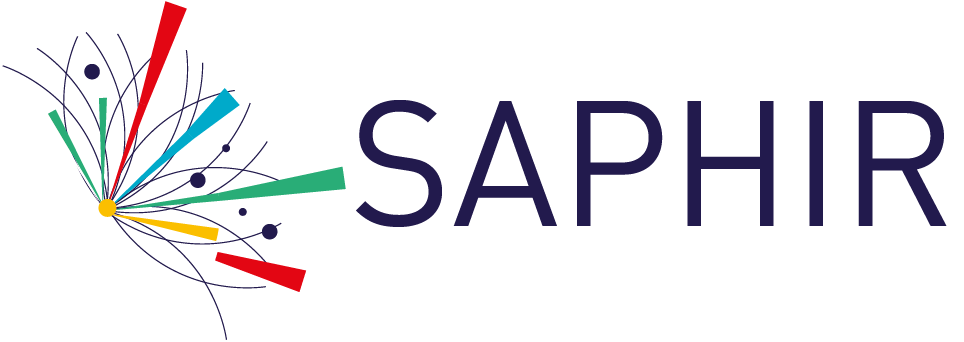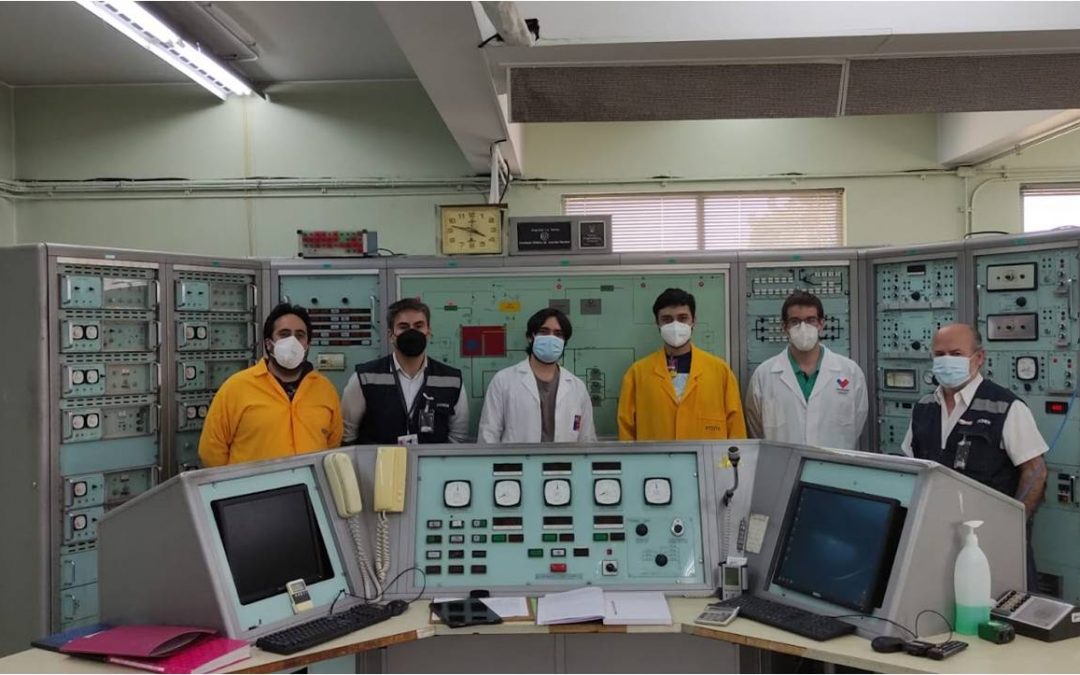In an experiment conducted at the La Reina Nuclear Studies Center, a team from the Saphir Millennium Institute subjected two electronic boards to a dose of radiation equivalent to what they would receive after 10 years of operation in the Large Hadron Collider's Atlas experiment. This test will determine, among other things, whether the electronics designed for Atlas at Saphir will be able to withstand a decade of experiments.
In January, a team from the Saphir Millennium Institute visited the La Reina Nuclear La Reina Nuclear Studies Center of the Chilean Nuclear Energy Commission (CCHEN) to develop, jointly with researchers from the Center for Nuclear Physics and Neutron Spectroscopy (Cefnen), an irradiation test of two electronic cards identical to those that will be used in the Large Hadron Collider (LHC) Atlas experiment. The cards were subjected to a radiation dose equivalent to that which they would receive after 10 years in the Atlas experiment.
The objective of this test is to study how much exposure to these radiation doses affects these boards, especially in terms of failure rate and power consumption. This will make it possible to establish what is an acceptable failure rate after a decade of exposure to gamma rays and neutron radiation in the Atlas experiment.

The boards tested are two prototypes for Atlas' Charge Monitoring System project. Testing began at the Irradiator Laboratory at La Reina Nuclear Center, where the cards were subjected to 330 Gy of gamma irradiation. Subsequently, electronics tests were performed at Cefnen's Nuclear Research Laboratory. "The final tests will be done at CERN", says Orlando Soto, "however, it is very useful to be able to perform preliminary tests in Chile to prepare ourselves".

The boards tested are two prototypes for Atlas' Charge Monitoring System project. Testing began at the Irradiator Laboratory at La Reina Nuclear Center, where the cards were subjected to 330 Gy of gamma irradiation. Subsequently, electronics tests were performed at Cefnen's Nuclear Research Laboratory. "The final tests will be done at CERN", says Orlando Soto, "however, it is very useful to be able to perform preliminary tests in Chile to prepare ourselves".
The Saphir team was composed of Orlando Soto, young researcher at the Saphir Millennium Institute and academic at the Universidad de La Serena, together with Vicente Agosín (engineer at the Universidad de La Serena), Víctor Arredondo (engineer at the Saphir Millennium Institute) and Agustín Campeny (master's student at the Pontificia Universidad Católica de Chile). Also participating were Francisco Molina (director of Cefnen), Marcelo Zambra (CCHEN researcher), Jorge Gamarra and Manuel Escudero (both from the Characterization and Irradiation Services Department of CCHEN), Bryan Ruz (from the Engineering and Systems Department of CCHEN) and Pamela Rebolledo (from the Research Management Department of CCHEN).

The Saphir team was composed of Orlando Soto, young researcher at the Saphir Millennium Institute and academic at the Universidad de La Serena, together with Vicente Agosín (engineer at the Universidad de La Serena), Víctor Arredondo (engineer at the Saphir Millennium Institute) and Agustín Campeny (master's student at the Pontificia Universidad Católica de Chile). Also participating were Francisco Molina (director of Cefnen), Marcelo Zambra (CCHEN researcher), Jorge Gamarra and Manuel Escudero (both from the Characterization and Irradiation Services Department of CCHEN), Bryan Ruz (from the Engineering and Systems Department of CCHEN) and Pamela Rebolledo (from the Research Management Department of CCHEN).

Atlas is the largest of the seven experiments of the LHClocated at CERN (European Organization for Nuclear Research), on the border between Switzerland and France. Atlas is one of the most complex scientific devices ever created by humans: it is 44 meters long and 22 meters in diameter, and weighs about 7,000 tons. That is, it is almost as long as two tennis courts, is the height of an eight-story building and is heavier than three space shuttles like Atlantis at liftoff (with its boosters and fuel tank full). Its creation, use and improvements involve 232 institutions from 38 countries and one of them is Chile.

